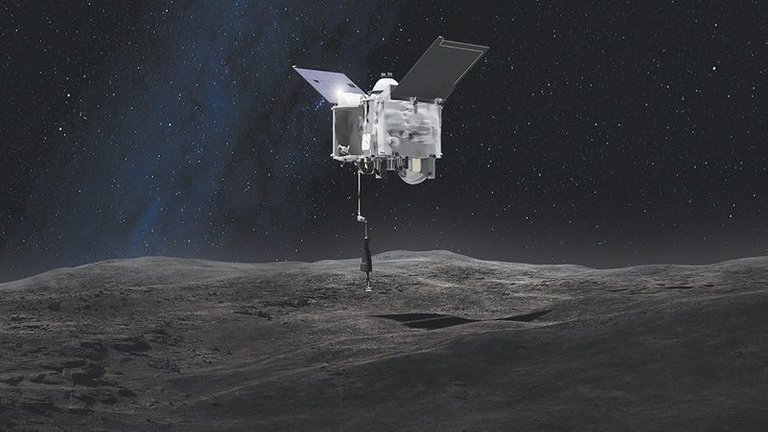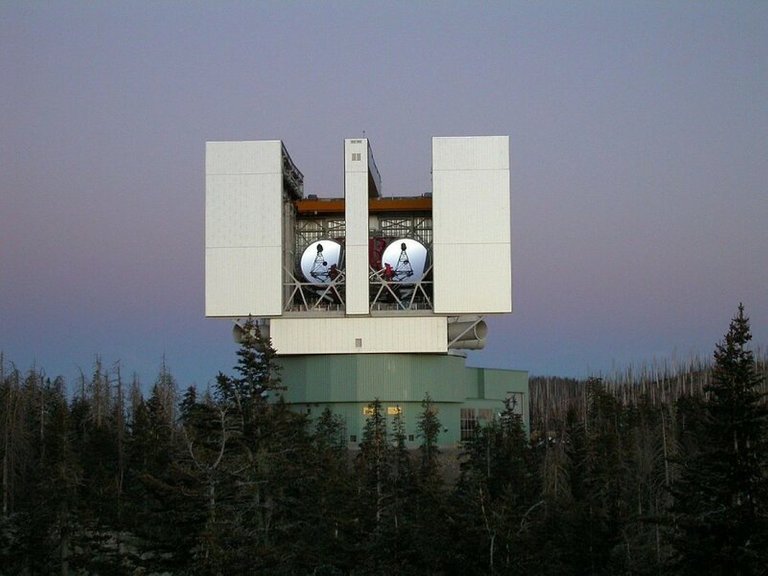OSIRIS-REx spacecraft was launched in September 2016 by Atlas-5 rocket. It will travel to a half-kilometer sized asteroid Bennu (101955) and bring samples back to Earth for study in 2023.

Image: NASA
To reach Bennu's orbit OSIRIS-REx needs an additional boost, or gravitational manoeuver when gravity of massive body accelerates spacecraft. To get this boost, probe will slingshot past Earth on September 22 with minimal distance of 17 000 kilometers.
Many ground-based telescopes, searching for potentially dangerous asteroids, are going to trace probe to test their equipment.

Image: NASA
However, long before the closest approach, The Large Binocular Telescope (LBT), has located and made images of OSISRIS-REx. The following animation is composed from images taken on Sept.2, when the probe was 12 million kilometers away.

Image: NASA
This is the great demonstration of current technology: ground-based telesope sees an object 2.44 x 2.44 x 3.15 m at the distance 30 times greater than Earth - Moon distance!

Image: Large Binocular Telescope Observatory
The Large Binocular Telescope is located on 3 300 m Mount Graham, in the Pinaleno Mountains of southeastern Arizona, United States. It has two 8.4 m wide mirrors, with centres 14.4 m apart, which have the same light-gathering ability as an 11.8 m wide single circular telescope and detail of a 22.8 m wide one.
nice post upvoted your vote is important for me @deshwal
All I can say is ..amazing!!
@busser Interesting read...thank you for sharing
Congratulations @busser! You have completed some achievement on Steemit and have been rewarded with new badge(s) :
Click on any badge to view your own Board of Honor on SteemitBoard.
For more information about SteemitBoard, click here
If you no longer want to receive notifications, reply to this comment with the word
STOP